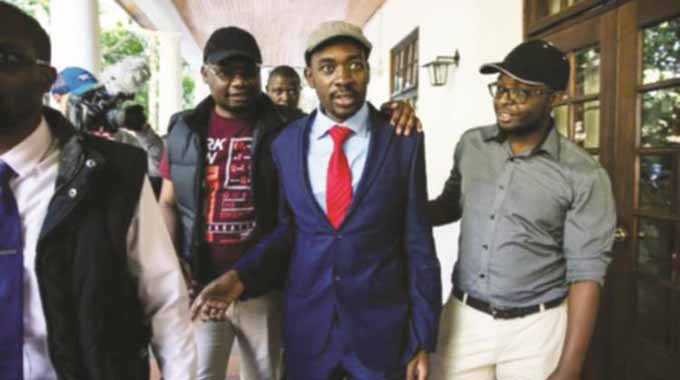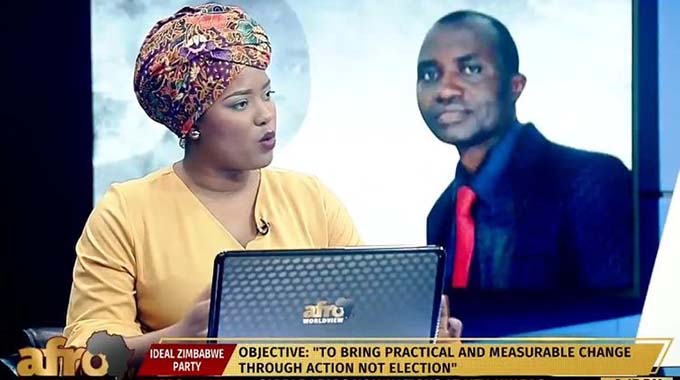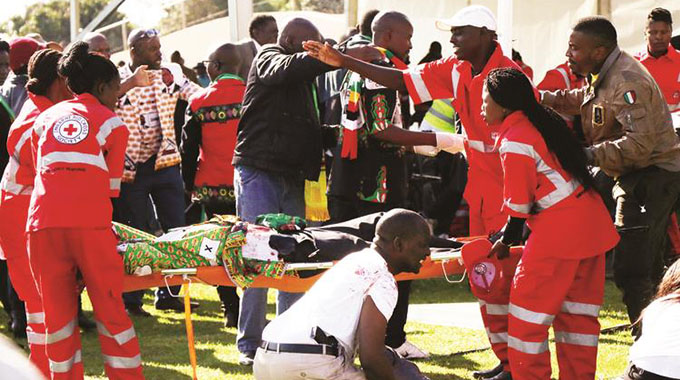India’s daughter: Lessons for all
13). Thanks to a response-able media (traditional and social), it’s a story that has sparked emotive debate at national and internal levels.
But what sets it apart from most narratives you have heard about is that it’s a story that touches on society’s collective conscience, forcing it to reflect on its inner self: it’s moral worthiness and/or decadence.
It is also a compelling story because the media in India has been with it since the outrageous gang rape took place three weeks ago. For days, NDTV, which became one of my major sources of information provided emotional colour pieces of the gruesome story.
So too the international media, probably because the savagery was just too much. We all needed to be taken to a certain level where we would look at ourselves and start asking some painful questions.
The story: Six men including an off-duty bus driver took turns to gang rape a 23-year-old woman on a bus after they had severely assaulted her with an iron bar resulting in her sustaining multiple injuries. A fortnight later, she succumbed to the pain in a hospital in Singapore. The young woman who has remained nameless even after her death has fittingly called Braveheart, after the 1995 epic movie by that name. She was also called “Daughter of India”.
A Guardian newspaper correspondent remarked, “The outpouring of anger about ‘Damini’ (another local name she was given), the young woman who died after being gang-raped on a bus by six men, is something I have never seen before in India.”
The New Year is normally welcomed with gusto and merry-making, but this incident made people like Sonia Gandhi president of the governing Congress party cancel her celebrations. The army also cancelled all official celebrations in order to mourn the young woman.
Although I had two fitting pieces to welcome the year 2013, the death of India’s “Braveheart”, thousands of kilometres aways from Zimbabwe and the outpouring of grief and emotion the world over spoke so much about the issue of rape, which I wrote about last week.
But more critically, this was a woman’s story and her role in a society where she is not only taken for granted, but also abused and treated as a second class citizen.
India’s Braveheart fought a good, but painful fight for women the world over. The gruesome pain she suffered should not just shake our national conscience, but it should be used as a rallying point to seek solutions when dealing with violence against women.
Indias daughter is also setting new standards and expectations on the ruling elite. Her rape and subsequent death is a learning curve for the ruling classes. For, she was a village girl who had dreams; a village girl who went to Delhi to study physiotherapy and in the process escape poverty.
Although she also hoped to be a wife and mother next February, she also wanted to be her own person through hard work. But it took six men and so much anguish to stop her from realising her dreams.
“India’s daughter” just like we call our heroes “son of the soil” has become a prototype of what woman means in any society. Is woman an object or a commodity? Is woman an irrelevant part of society who despite giving birth to life can be ill-treated, including being brutally gang-raped as the 23-year-old Indian girl was done?
The following statistics and remarks from aljazeera.com are not only an eye opener, but they are a pointer that every nation should not wait to act on its social ills after they have reached their peak as happened in India.
We are seeing the same in the United States where face-saving gestures are being made toward gun control, after the tragic shooting of first graders and their teachers:
Rape capitals of the world in 2010:
- South Africa — has one of the highest rates, with 277 000 reported cases. A survey by the Medical Research Council found that one in four men admitted to raping someone;
- United States — more than 84 000 rape cases were reported. Criminals face life behind bars and in some states, castration is an option;
- India — reported a little more than 22 000 cases;
- United Kingdom — 16 000 cases were reported. A suspect found guilty, faces a maximum conviction of life in prison;
- Mexico — nearly 15 000 cases were reported. In some parts of the country, penalties may consist of a few hours in jail, or minor fines;
- Germany — counts the highest number of reported rape cases in Europe, with just under 8 000 and,
- Russia — almost 5 000 cases were reported and the crime holds a punishment of 4-10 years in jail.
What is emerging from the tragedy in India and anywhere else is that women’s issues are in most cases sidelined, with political leaders being accused of not playing a positive role. Indian politicians and police were forced to be part of the problem through protests and night vigils. Social media (people power) played a major role in ensuring this behaviour change.
However, the unfortunate element is that when solutions are sought, in some cases they are cosmetic and in others, people end up seeking illegal means to protect themselves, including acquiring deadly firearms.
Other issues arising from the gang rape are calls for tougher laws and speedy justice for women. There is also a call for the re-examination of gender bias in all sectors of society and that government should be held accountable.
As we reflect on this tragedy, there is no doubt that we have to look at the bigger picture. One of these issues is the constant accusation that women invite rapists on themselves by dressing provocatively. In my last instalment, I argued that this was baloney since dressing was not an issue regarding the rape of 2 450 Zimbabwean children in 2012.
Pinky Khoabane a South African commentator also remarked to AFP, “Here rapists attack everyone — from babies up to grannies and we sit and do nothing. A revolution is taking place in India . . . We need the good men to stand up.”
General Secretary of Congress of South African Trade Unions (Cosatu), Zwelinzima Vavi angrily dismissed claims that sexual violence was caused by poverty or apartheid.
Said Vavi: “No one can tell me that raping a three-month-(old) baby or 87-year-old granny . . . is caused by poverty. Poverty can’t lead to an erection when seeing a 90-year or three-month-old. Yes, apartheid humiliated, dehumanised and made people feel valueless — its existence in the past is no excuse for current moral degeneration.”
What is the way forward? Soutik Biswas sums it up so well: “Clearly, many Indian women face threats to life at every stage — violence, inadequate healthcare, inequality, neglect, bad diet, lack of attention to personal health and well-being.” Is this not the case the world over, especially in developing countries?
And, Braveheart has become the personification of someone called woman, especially when she is not part of the ruling elite.
Ved Marwah, a former New Delhi police commissioner recounts the story that rape victims and their families are all too familiar with: “The ineffectiveness of government agencies particularly the weakness of the criminal justice system is allowing the fear of law to disappear.
“People with money, with political power somehow are above the law and the message that goes to an average anti-social element is that they can do this sort of crime in the heart of the city and get away with it.”
More gang rapes occurred (maybe out of impunity) as India mourned this young woman. But as human beings, we should realise that the rape we inflict on mother earth should not also be directed towards women, the crucibles of fecundity.
In short, real men don’t rape women!









Comments